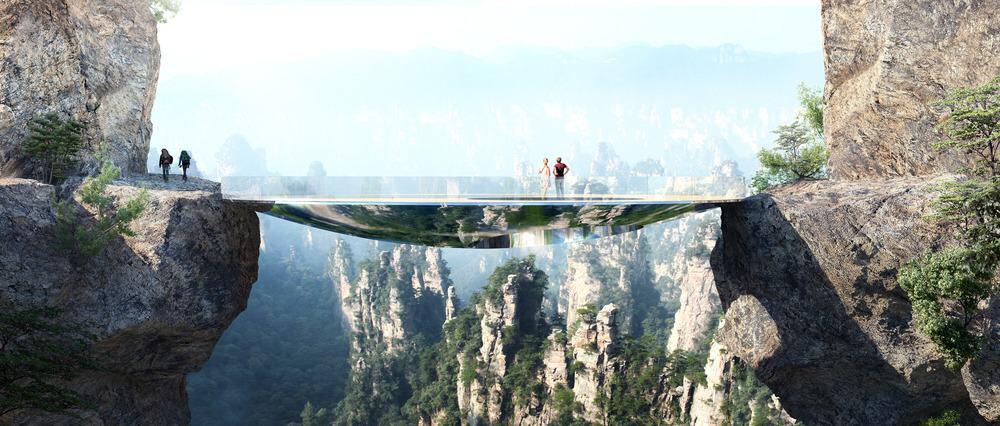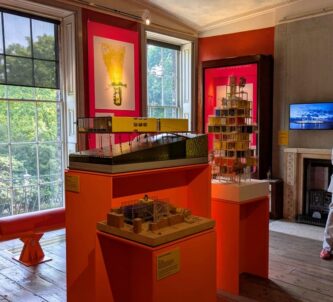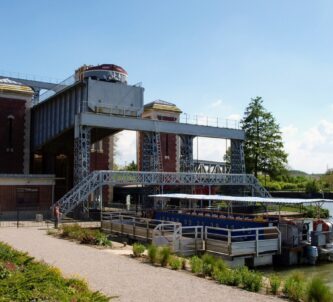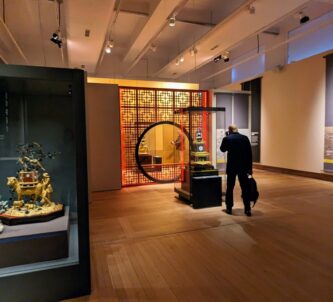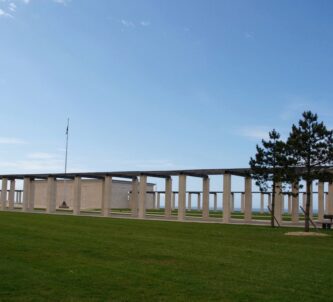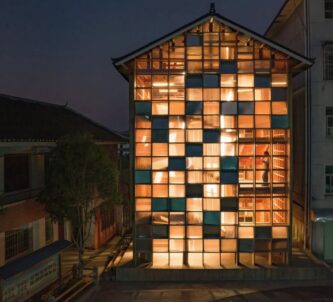Designs for four new terrifying but beautiful structures for the Zhiangjiajie National Forest Park in China’s Human province, have been unveiled by their French designers, Martin Duplantier Architectes.
The Chinese are fast developing a love-hate relationship with vertigo experiences in their cities and their landscapes, and the spectacular Zhangjiajie pinnacles (where James Cameron shot parts of the movie Avatar) are already home to the Coiling Dragon Cliff glass walkway, which closely hugs a cliff around Tianmen mountain – as do its visitors, acutely aware of the 1,400 metres (4,600ft) of nothing under their feet! – and the Zhangjiajie Grand Canyon Glass Bridge, the world’s longest and highest glass bridge. (See both)
Worryingly, mysteriously, the bridge was closed to the public just two weeks after it opened this August, but the suggestion was it had just been “overwhelmed” by enthusiastic visitors. The bridge can support up to 800 people at a time and was designed for 8,000 visitors a day but they had 80,000 turning up!
…which bodes well for the implementation of these competition-winning new designs for 3 bridges and 3 pavilions (same design) proposed for a new walking route in the western part of Zhiangjiajie.
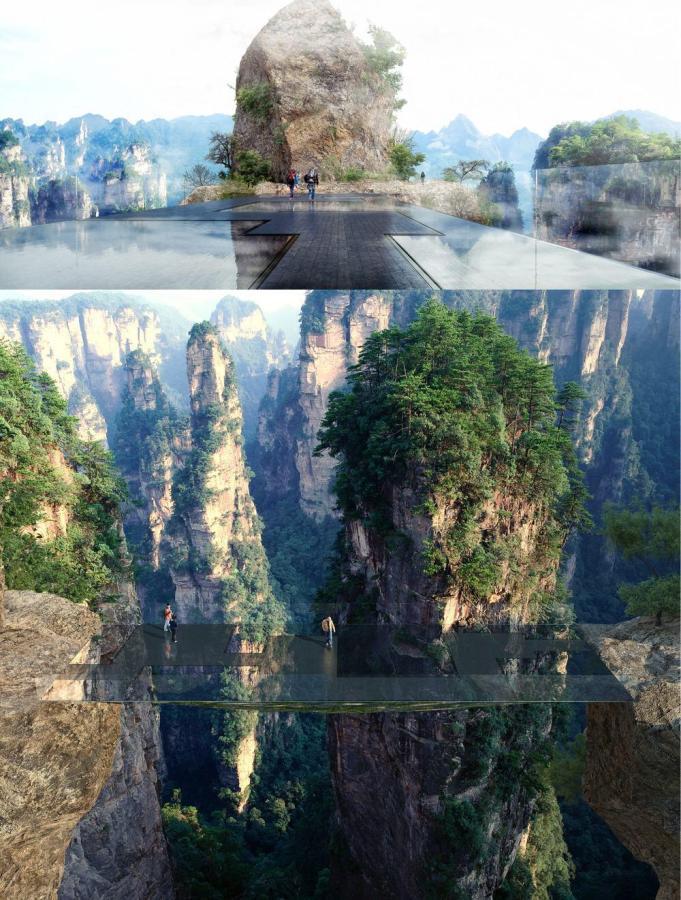
The Water Mirror bridge is perhaps the most dynamic. The “water mirror” is made of 2cm of water on black stone. The irregular set of stones gives a feeling of a winding path in the mountains. Every 7 minutes, the water disappears and reappears through spray nozzles, creating a cloud in the middle of the mountains. This cloud progressively lands on the stones, transforming into a veneer of still water.
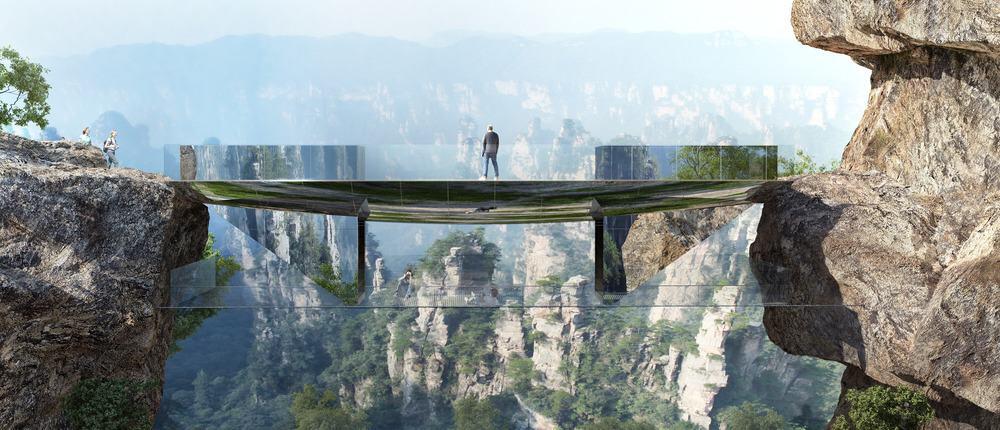
The Step Bridge is a split-level bridge. The upper level connects the two sides, while the lower one is for experiencing a moment “in the air”.
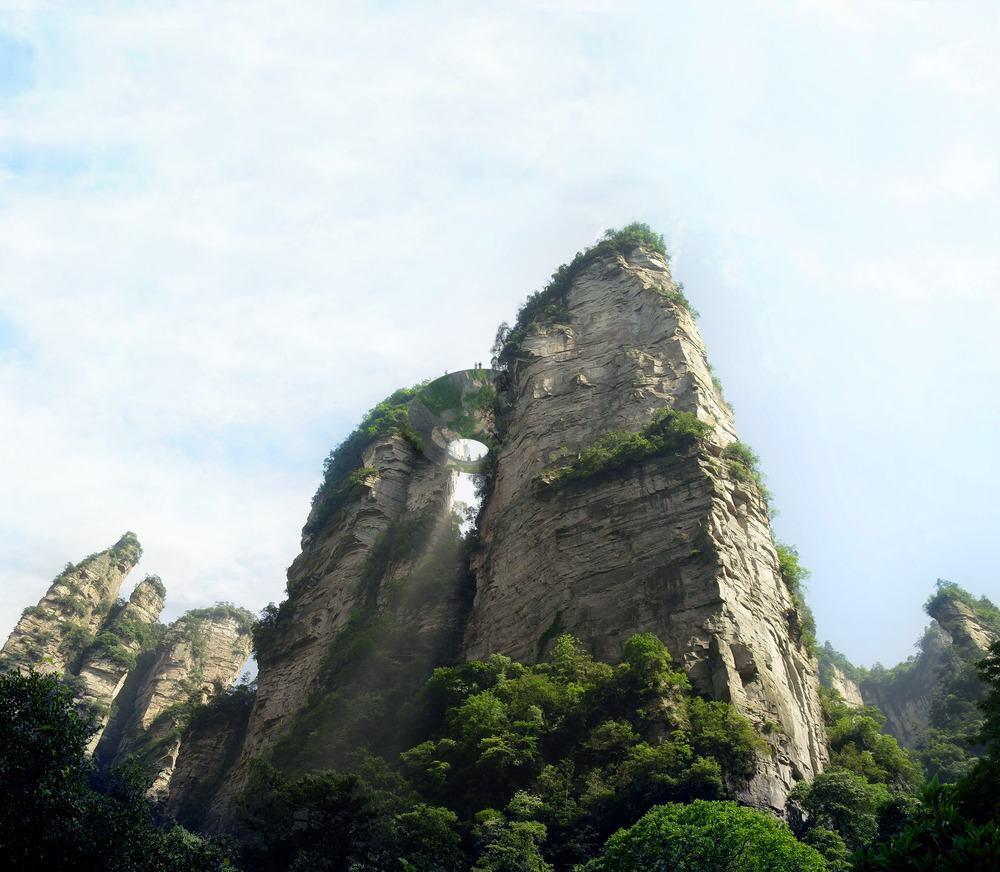
Mirroring the environment, the Disc Bridge (also feature image at top) is an elliptical disk. An off-centered hole leaves open views into the gap between the two rock faces. A strong net allows courageous visitors to lay down in the void. Gulp!
Martin Duplantier Architectes say that the concept developed for their proposed structures: “is that of illusionist development. Stealthy. Geometric. Contrasting with a complex landscape, the footbridges are of pure geometric shapes, which seem to have been placed delicately on the carved relief of the site.
“They are the opportunity, each in its own respect, to create a physical relationship with this rock face. The illusion of a mirror for the one, the fear of the void for the next, and lastly the setting in abyss for the final. The common material is reflective stainless steel for structure and black stone for flooring. The latter reflects the landscape when covered with water.”
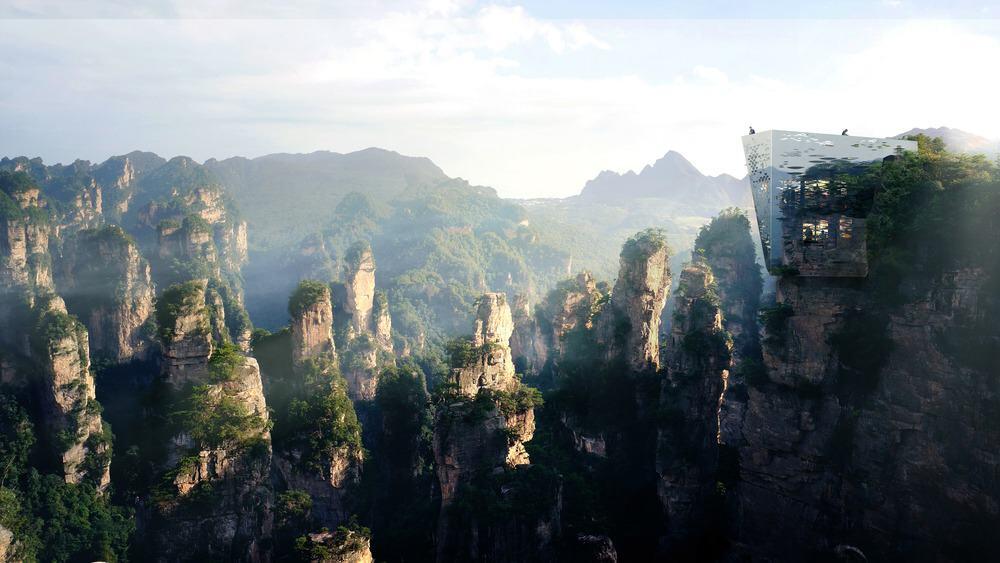
“Consisting of the same materials, the pavilions develop on three separate levels. Upstairs, a terrace-panorama directly accessible from the path. Underneath, a café and its dedicated spaces. And further below, a royal guesthouse to offer a unique space of contemplation in the heart of the national park. The crowds of the day having disappeared, the lucky tenants will be able to enjoy the spectacle in perfect solitude.”
I say, they are heart-stoppingly beautiful!
Photos: Martin Duplantier Architectes

